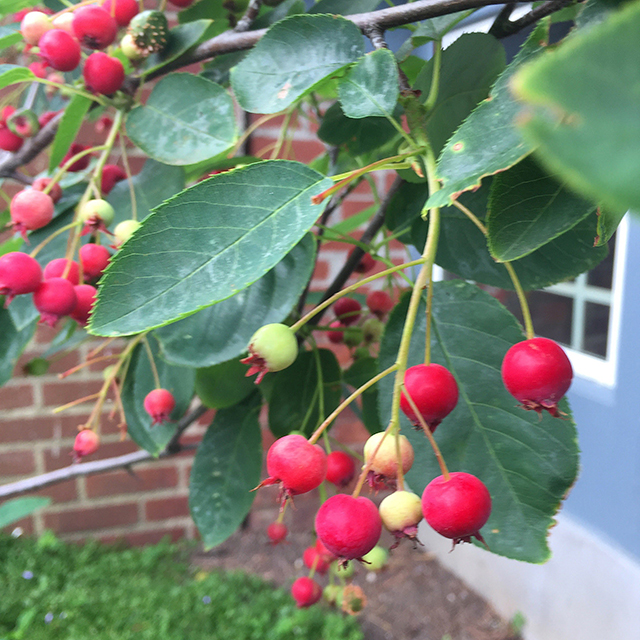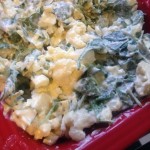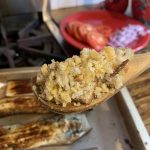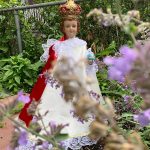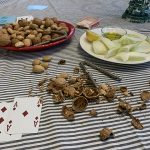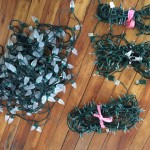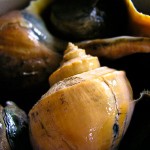Worms and Berries!
I was out in the garden again this week. I saw so many worms! A sure sign of healthy soil. Worms help aerate the ground, relieves soil compaction and their movements create water channels. Earthworms ingest and breakdown organic matter like fallen leaves. Their castings (worm poop) are valuable fertilizer. Red Wiggler Worms are the best
for composting organics and I have many of them. I took a video of one. It looked like the worm was 9 inches long, I’m not kidding! Check it out.
I wonder though – how did the earthworms get there? When I built out the front garden three years ago, there were no wrigglers in sight. I was talking to my husband about it and said, “Maybe birds dropped them in the garden!” He thought that was ridiculous but it’s plausible, right? I tried to find the answer online but didn’t read anything clear-cut. On one blog, someone mentioned that compost often has worm eggs within. I do compost every year so perhaps that’s how they arrived. Generally what was said in the garden-verse is, if you create the right conditions for worms they will naturally appear.To make the perfect worm home add compost to your soil, keep leaf debris on the ground and make sure the soil is moist. Keep tilling to a minimum. A PH of 7 is perfect for worms. Since I have so many, I’m thinking about bringing them over to the Beach 91st Street Community Garden where I grow my vegetables in the summer.
In other garden news, both of my Serviceberry trees are starting to bud. Have I told you about this wonderful shrub before? It blooms showy white flowers in the spring, followed by bright red edible berries. They are similar to blueberries but a bit more tart. They are delicious raw! The fruit can be used in cakes, jams or they can be dried. The tree is native to North America and was used by the Native Americans not only for its fruit but the leaves were used for teas. Speaking of the foliage, in the fall, the tree turns bright orange and gold. All season long the Serviceberry delivers beauty. It’s low maintenance, growing well in low-nutrient soil like our sandy mix here in Rockaway. Part-sun or full sun works, but the best tasting fruits will come from trees with full exposure. Also known as a Juneberry, the tree will attract many birds, but don’t worry, at maturity you’ll have enough fruit for you and the songbirds.Last year my nieces were entertained for the afternoon harvesting all the berries from our trees. Once they finished clearing the berries in my front garden, they moved to the backyard. The Serviceberry can grow up to 10ft tall. Matt had to get on a ladder to gather the berries from the high branches, the kids insisted! Harvesting the fruits kept the children occupied for hours and saved us a lot of harvest time.I want to grow more edibles in the garden, imagine not having to by produce all summer – garden goals!
